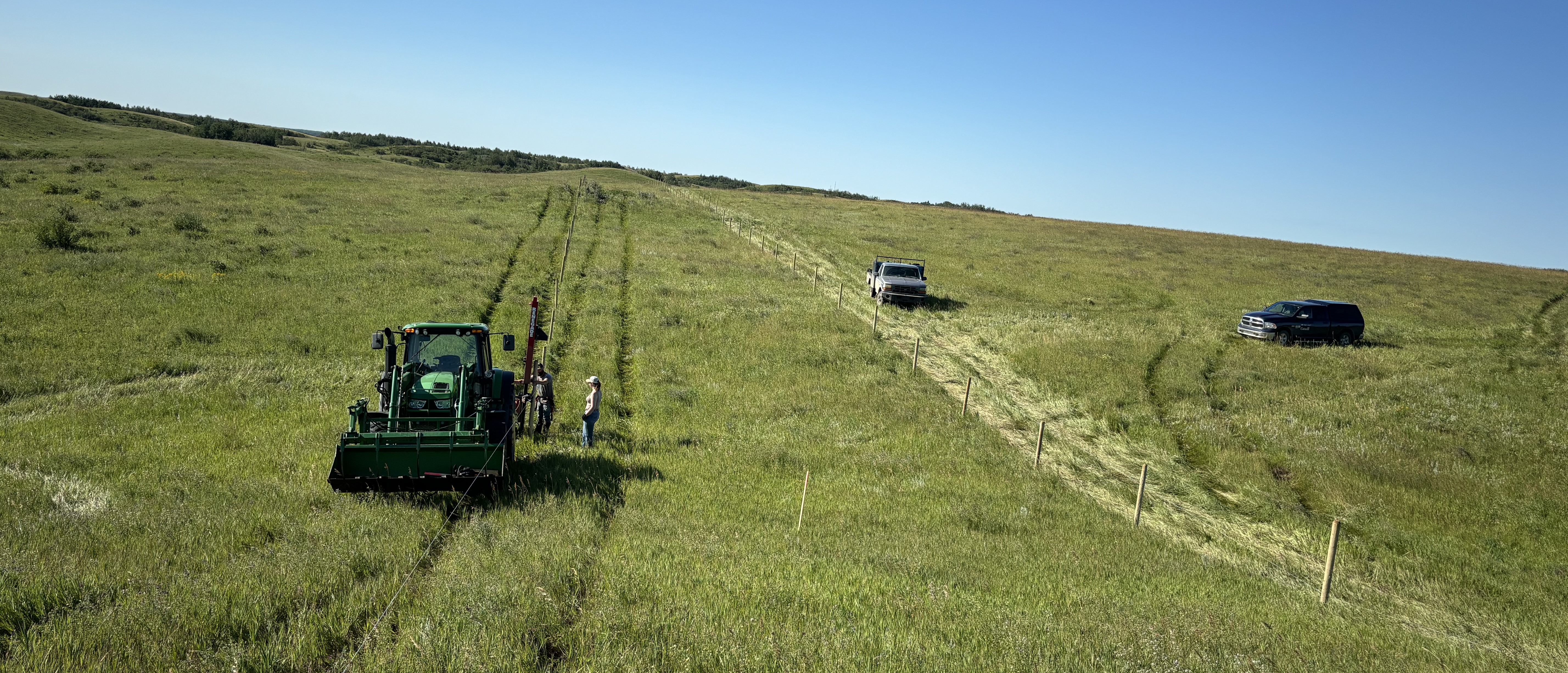The Vision
By protecting and sustainably managing Canada’s remaining
grasslands, we can store an estimated 32 million tonnes of carbon,
delivering benefits for the environment, improving the health of these
valuable ecosystems, supporting cattle production and producers, and
contributing to both national and global climate goals.
CAT-G envisions a future in which grazing landscapes are managed to
regenerate ecological function while sustaining the economic viability
of livestock production systems. Our vision includes catalyzing
innovation in Canada’s beef and livestock sector by working alongside
producers and land stewards.
By integrating new tools and technologies with traditional knowledge,
we aim to enhance the resilience and productivity of grassland
ecosystems while addressing the global challenge of climate change.
CAT-G’s long-term impact will support both sustainable livelihoods and
environmental objectives.
The Approach
Using a holistic, systems-based approach, CAT-G integrates omics
technologies with field-scale data from soil, vegetation, and livestock. We
assess how different rotational grazing strategies influence carbon storage,
greenhouse gas emissions, and both plant and cattle productivity across both
controlled experimental sites and working ranches.
CAT-G brings together more than 50 researchers from across Canada,
spanning disciplines such as plant and soil ecology, genomics, microbiology,
rangeland ecology, animal science, landscape ecology and remote sensing,
computer and data science, and socioeconomics. Our integrated framework
combines field observations, laboratory analyses, and advanced modeling
tools, including machine learning and AI-based analytics, to link grazing
practices with broader environmental, climate, and socioeconomic outcomes.
By embedding science within operational ranches, CAT-G ensures its
approach reflects the complexity of real-world decision-making and land
stewardship.
The Impact
By engaging directly with producers, CAT-G is helping identify
bio-indicators that offer early signals of soil carbon gains and reductions
in greenhouse gas (GHG) emissions. These indicators provide insights that
typically take decades to detect through conventional monitoring,
enabling earlier validation of climate benefits. This accelerates the
adoption of climate-smart practices, strengthening both environmental
outcomes and producer livelihoods.
Adopting climate-smart grazing strategies comes with significant
challenges, including knowledge gaps, economic risks, and operational or
social barriers to change. CAT-G addresses these by supporting robust,
integrated research and facilitating the development of data-driven tools
and socioeconomic analyses that enable informed, evidence-based
decision-making. A cornerstone of CAT-G’s approach is co-design.
We work closely with producers to understand their priorities and
constraints, integrating their knowledge into research through surveys,
participatory methods, and long-term collaboration. This inclusive process
ensures that the solutions developed are practical, locally relevant, and
trusted, enhancing adoption and supporting lasting transformation in
grazing and livestock systems.


